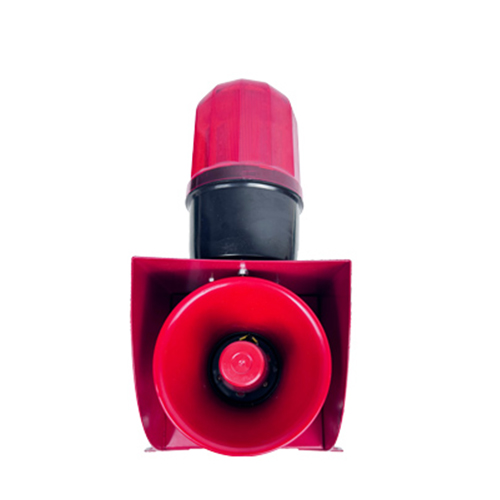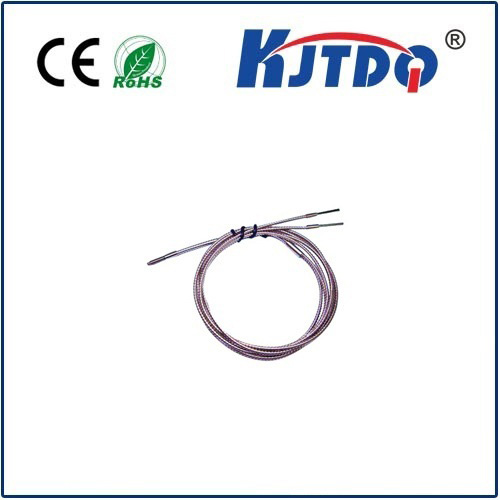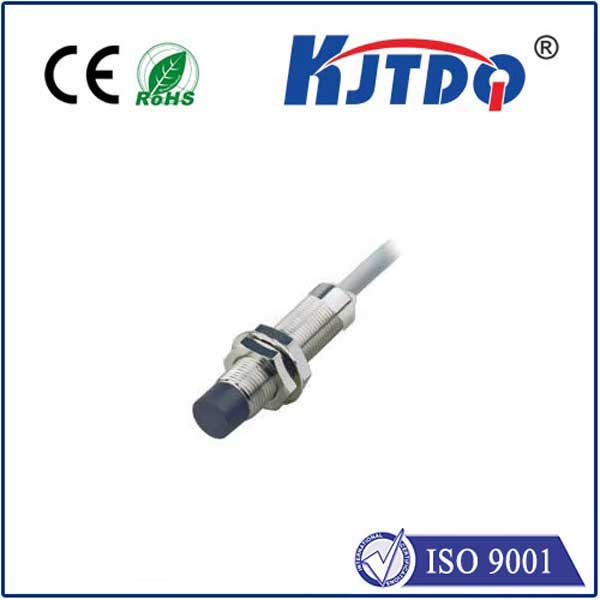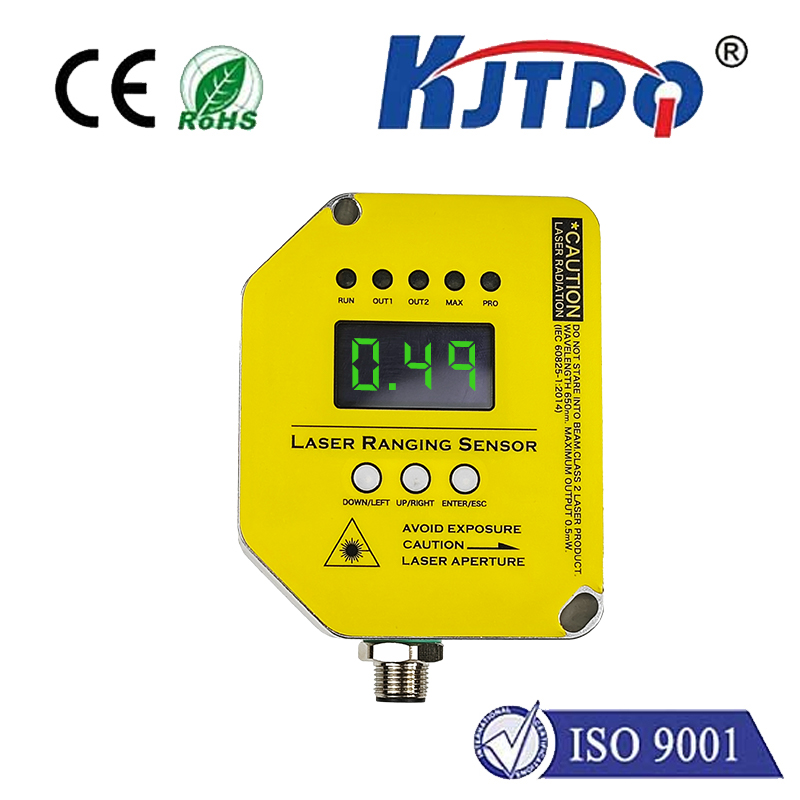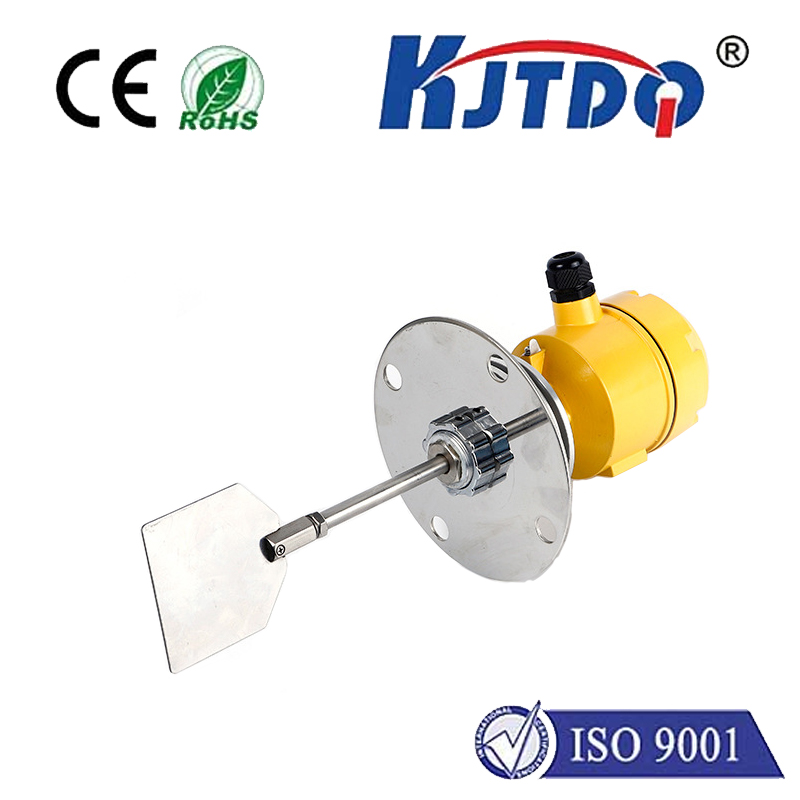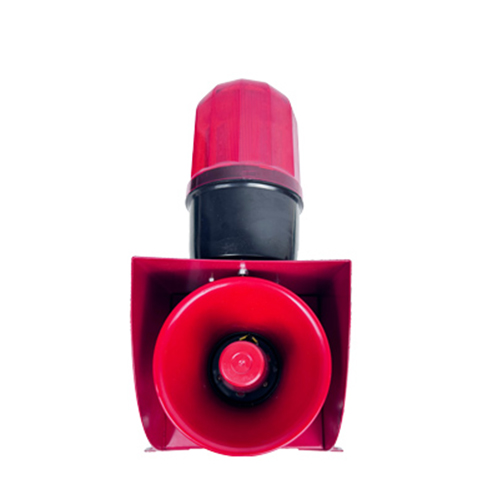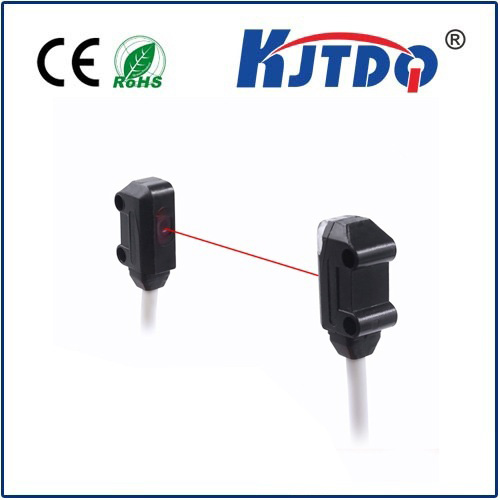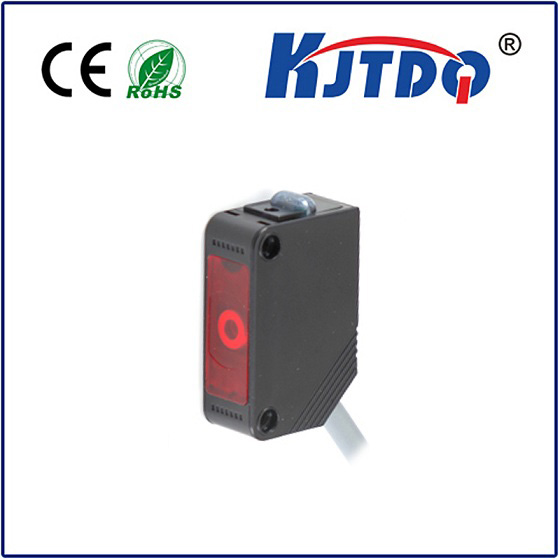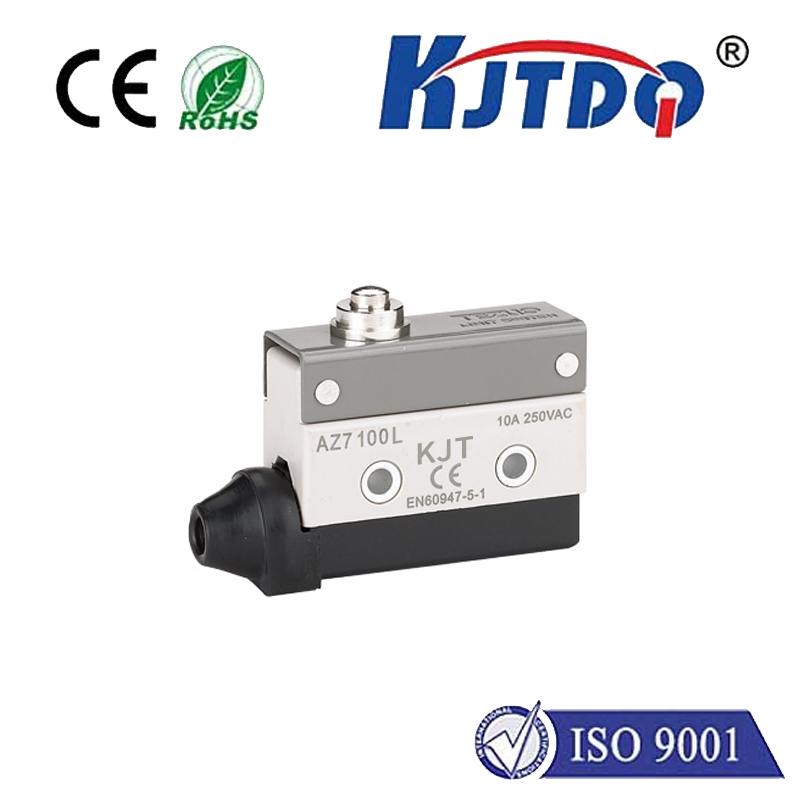idar Technology: Exploring the Power of 905 nm and 1550 nm Wavelengths Imagine a world where machines can “see” with unparalleled precision, mapping environments in real-time, guiding autonomous vehicles, and even uncovering hidden archaeological sites. This is the power of Lidar (Light Detection and Ranging), a technology that uses laser pulses to measure distances and create detailed 3D maps. At the heart of Lidar’s effectiveness are its laser wavelengths, particularly 905 nm and 1550 nm, which play a critical role in determining its performance, safety, and applications.
Lidar systems work by emitting laser beams and measuring the time it takes for the light to reflect off objects and return to the sensor. The choice of laser wavelength significantly impacts the system’s efficiency, range, and safety. The two most commonly used wavelengths in Lidar technology are 905 nm and 1550 nm, each offering unique advantages and trade-offs.
The 905 nm wavelength is widely used in commercial Lidar systems, particularly in automotive applications like self-driving cars. Here’s why:
Эффективность затрат: Lasers operating at 905 nm are less expensive to produce, making them a popular choice for mass-market applications.
Sensitivity of Silicon Detectors: Silicon-based photodetectors, which are highly sensitive to 905 nm light, are cheaper and more readily available than detectors for other wavelengths.
Компактный дизайн: 905 nm Lidar systems tend to be smaller and lighter, which is crucial for integration into vehicles and portable devices. However, there are limitations. 905 nm lasers operate closer to the visible spectrum, which means they can pose a higher risk to human eyes if not properly managed. This has led to stricter regulations on laser power output, limiting the maximum range of 905 nm Lidar systems.

In contrast, the 1550 nm wavelength is gaining traction in high-performance Lidar applications, especially those requiring longer ranges and enhanced safety. Here’s what makes it stand out:
Eye Safety: Lasers at 1550 nm are considered safer for human eyes because the cornea absorbs most of the light, reducing the risk of retinal damage. This allows for higher laser power outputs, enabling longer detection ranges.
Superior Performance in Adverse Conditions: 155 nm light is less affected by atmospheric interference, such as fog or rain, making it more reliable in challenging environments.
High-End Applications: This wavelength is often used in advanced Lidar systems for aerospace, defense, and high-precision mapping. The primary drawback of 1550 nm Lidar is its higher cost. The lasers and detectors required for this wavelength are more expensive, and the systems tend to be bulkier, limiting their use in cost-sensitive or space-constrained applications.
The choice between 905 nm and 1550 nm depends on the specific requirements of the application:
Automotive and Consumer Applications: For self-driving cars, drones, and consumer devices, 905 nm is often the preferred choice due to its affordability and compact design.
Industrial and High-Performance Applications: In industries like aerospace, defense, and large-scale mapping, 1550 nm is favored for its longer range, reliability in adverse conditions, and enhanced safety.
As Lidar technology continues to evolve, advancements in laser efficiency, detector sensitivity, and system integration are expected to bridge the gap between 905 nm and 1550 nm systems. Emerging trends include:
Hybrid Systems: Combining the strengths of both wavelengths to create versatile Lidar solutions.
Solid-State Lidar: Reducing the size and cost of 1550 nm systems to make them more accessible for mass-market applications.
AI Integration: Enhancing data processing capabilities to extract more insights from Lidar-generated 3D maps.
The choice of wavelength is a critical factor in the design and performance of Lidar systems. While 905 nm offers a cost-effective and compact solution for many applications, 1550 nm provides superior range and safety for high-performance use cases. Understanding the strengths and limitations of each wavelength is essential for selecting the right Lidar technology to meet your needs. As the industry continues to innovate, we can expect even more powerful and versatile Lidar solutions to emerge, transforming how we interact with the world around us.
